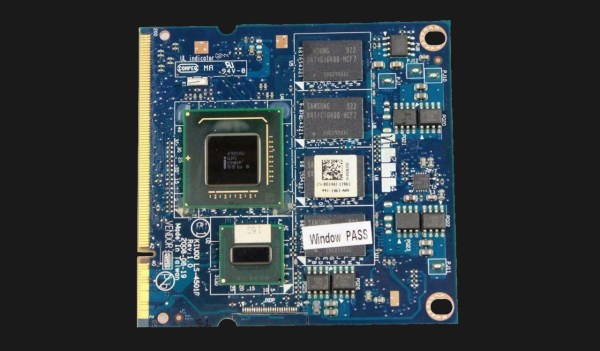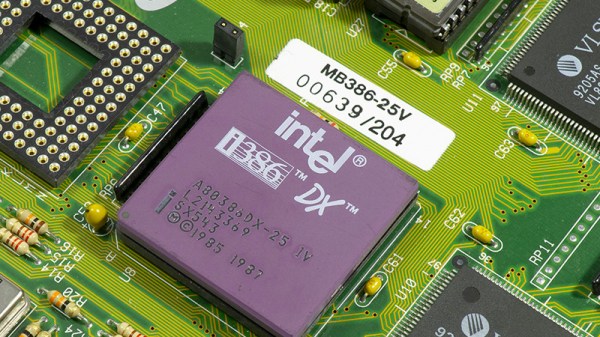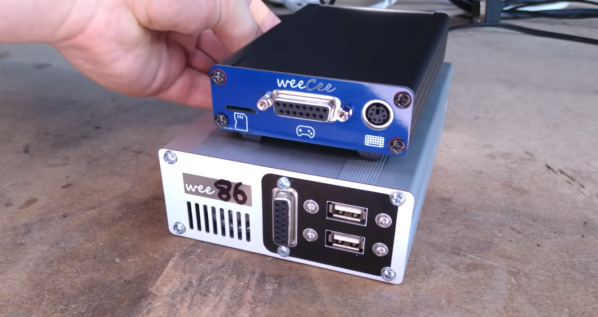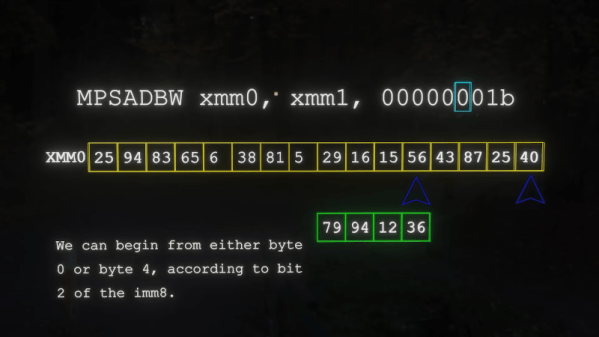Just like with pre-touchscreen cellphones having fancy innovative features that everyone’s forgotten about, there’s areas that laptop manufacturers used to venture in but no longer dare touch. On Twitter, [Kiwa] talks a fascinating attempt by Dell to make laptops with user-replaceable CPU+RAM modules. In 2008, Dell released the Inspiron Mini 1210, with its CPU, chipset and RAM soldered to a separate board in an “extended SODIMM” form-factor – not unlike the Raspberry Pi Compute Modules pre-CM4! Apparently, different versions of such “processor cards” existed for their Inspiron Mini lineup, with varying amounts of RAM and CPU horsepower. With replacement CPU+RAM modules still being sold online, that makes these Dell netbooks to be, to our knowledge, the only x86 netbooks with upgradable CPUs.
You could try and get yourself one of these laptops or replacement CPU modules nowadays, if you like tinkering with old tech – and don’t mind having a subpar experience on even Linux, thanks to the Poulsbo chipset’s notorious lack of openness. Sadly, Dell has thoroughly abandoned the concept of x86 system-on-module cards, and laptops have been getting less modular as we go – we haven’t been getting socketed CPUs since the third generation of mobile Intel boards, and even RAM is soldered to the motherboard more and more often. In theory, the “CPU daughterboard” approach could improve manufacturing yields and costs, making it possible to use a simpler large board for the motherboard and only have the CPU board be high-layer-count. However, we can only guess that this wasn’t profitable enough overall, even with all the theoretical upsides. Or, perhaps, Google-style, someone axed this project internally because of certain metrics unmet.
If you think about it, a laptop motherboard is a single-board computer; however, that’s clearly not enough for our goals of upgradability and repairability. If you’re looking to have your own way and upgrade your laptop regardless of manufacturer’s intentions, here’s an old yet impressive story about replacing the soldered-in CPU on the original Asus EEE, and a more recent story about upgrading soldered-in RAM in a Dell XPS ultrabook. And if you’re looking for retrocomputing goodness, following [Kiwa] on Twitter is a must – last seen liveblogging restoration and renovation of a Kaypro someone threw out on the curb.


















